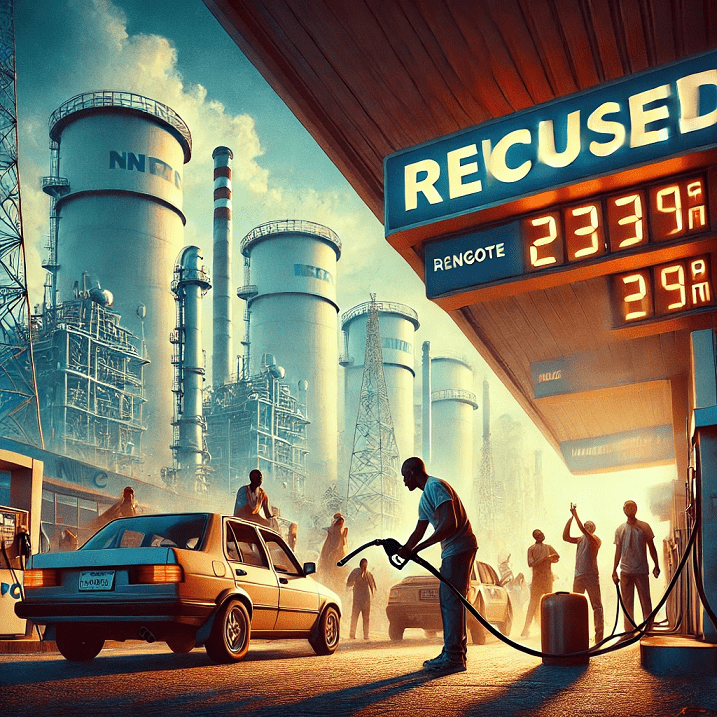The universe never ceases to amaze us, and this month, skywatchers and astronomy enthusiasts will have the chance to witness one of the most captivating celestial events—the solar eclipse 2025. This astronomical phenomenon will follow a recent lunar eclipse, making it an exciting period for stargazers. While a total solar eclipse will not be visible from Earth, various regions, including North America and Greenland, will experience up to 90% obscuration of the sun’s surface.
What is a Solar Eclipse?
A solar eclipse occurs when the Moon moves between the Earth and the Sun, partially or completely blocking the Sun’s light. This alignment can lead to different types of solar eclipses:
- Total Solar Eclipse: The Moon completely covers the Sun, allowing only the corona (the outer atmosphere of the Sun) to be visible.
- Partial Solar Eclipse: The Moon blocks only a part of the Sun, creating a crescent shape.
- Annular Solar Eclipse: The Moon is too far from the Earth to completely cover the Sun, leaving a bright ring known as the “ring of fire.”
- Hybrid Eclipse: A rare combination of total and annular eclipses, changing depending on the observer’s location.
When and Where to Watch the Solar Eclipse 2025
The upcoming solar eclipse is set to occur later this month. While a total eclipse won’t be visible from any part of the Earth, regions such as North America and Greenland will witness an impressive partial eclipse, with up to 90% of the Sun being obscured. This means that those in these locations will experience noticeable dimming and cooler temperatures for a brief period.
How to Safely View the Solar Eclipse
Observing a solar eclipse is a breathtaking experience, but it’s crucial to do so safely. Looking directly at the Sun without proper protection can cause severe eye damage. Here are some essential safety tips:
- Use Certified Eclipse Glasses: Regular sunglasses do not offer sufficient protection. Always use glasses that meet the ISO 12312-2 safety standard.
- Pinhole Projectors: A safe and fun way to indirectly view the solar eclipse is by creating a pinhole projector to project the Sun’s image onto a flat surface.
- Solar Filters for Telescopes and Binoculars: If using telescopes or binoculars, ensure they have approved solar filters to avoid eye damage.
- Avoid Direct Camera or Smartphone Viewing: Cameras and smartphones without solar filters can also be damaged by the Sun’s intense light.
Scientific Importance of Solar Eclipses
Solar eclipses have long fascinated scientists and astronomers. They provide unique opportunities for research, allowing scientists to study the Sun’s corona, which is usually invisible due to the Sun’s brightness. Some key scientific benefits include:
- Studying the Sun’s Atmosphere: During total eclipses, scientists can analyze the corona and its influence on solar winds and space weather.
- Gravitational Studies: Historical eclipses have contributed to testing Einstein’s Theory of General Relativity by observing how light bends around the Sun.
- Advancing Solar Technology: The data collected during eclipses helps in improving solar panels and predicting solar flares that impact satellite communications.
Cultural and Historical Significance of Solar Eclipses
Solar eclipses have captivated humans for centuries, often influencing myths, legends, and beliefs. In ancient civilizations:
- The Chinese believed eclipses were caused by a dragon eating the Sun, leading people to bang drums to scare it away.
- Vikings thought a pair of sky wolves chased the Sun and the Moon, causing eclipses when they caught them.
- In ancient India, it was believed that the demon Rahu swallowed the Sun, leading to an eclipse.
Even today, eclipses inspire awe and curiosity, reminding us of the wonders of the universe and our place within it.
How to Prepare for the Solar Eclipse 2025
If you’re in a region where the solar eclipse will be visible, here are a few ways to make the most of the event:
- Plan Ahead: Check the exact time of the eclipse in your location and ensure you have the necessary equipment.
- Find a Good Viewing Spot: Open areas with clear skies and minimal light pollution will enhance the experience.
- Capture the Moment: If you’re a photography enthusiast, use solar filters for your camera and set up a tripod for stable shots.
- Engage in Educational Activities: If you have children, teach them about the science behind eclipses through fun experiments and storytelling.
- Join a Viewing Event: Many observatories and astronomy clubs organize eclipse-watching events with expert guidance and telescopes.
Final Thoughts
The upcoming solar eclipse 2025 is a must-watch event for anyone fascinated by astronomy. Though a total eclipse won’t be visible, the partial eclipse will still be a mesmerizing experience, reminding us of the grandeur of our solar system. Whether you’re a seasoned stargazer or a casual observer, make sure to watch safely and appreciate the beauty of this celestial phenomenon.
Are you excited about the solar eclipse 2025? Let us know your thoughts and viewing plans in the comments below! 🌑✨




















